The Best New Wave Guitarists Of All Time Ranked
New wave commercially peaked in the late 1970s and the early 1980s with numerous major artists and an abundance of one-hit wonders. MTV, which was launched in 1981, heavily promoted new-wave acts, boosting the genre’s popularity. In the mid-1980s, new wave declined with the emergence of the New Romantic, New Pop, and New Music genres. Since the 1990s, new wave resurged several times with the growing nostalgia for several new-wave-influenced artists. New wave music encompassed a wide variety of styles that shared a quirky, lighthearted, and humorous tone that were very popular in the late 1970s and 1980s. New wave includes several pop-oriented styles from this time period. Common characteristics of new wave music include a humorous or quirky pop approach, the use of electronic sounds, and a distinctive visual style in music videos and fashion. According to Simon Reynolds, new wave music had a twitchy, agitated feel. New wave musicians often played choppy rhythm guitars with fast tempos; keyboards, and stop-start song structures and melodies are common. Reynolds noted new-wave vocalists sound high-pitched, geeky, and suburban. Here are all of the best New Wave Guitarists of all time ranked.
See more: The Best Punk Singers Of All Time Ranked
See more: The Best Grunge Bassists Of All Time Ranked
8. Billy Bremner
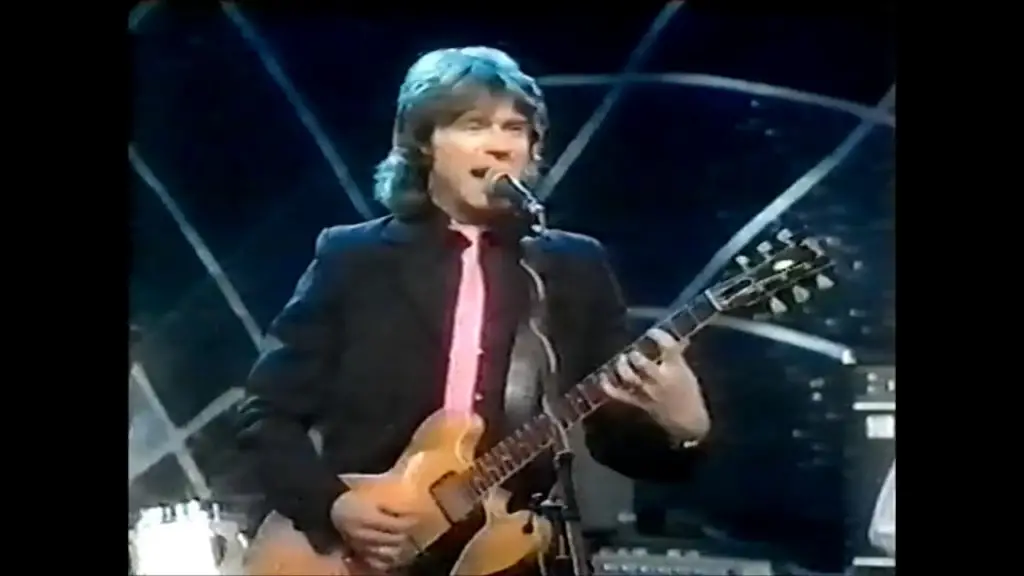
“A pub rocker of the finest shade, Bremner more than held his own amid tall company in Rockpile before hiring out as a session slinger, most notably on the Pretenders’ “Back on the Chain Gang” and other singles.”
7. Reg Smithies and Dave Fielding (The Chameleons UK)
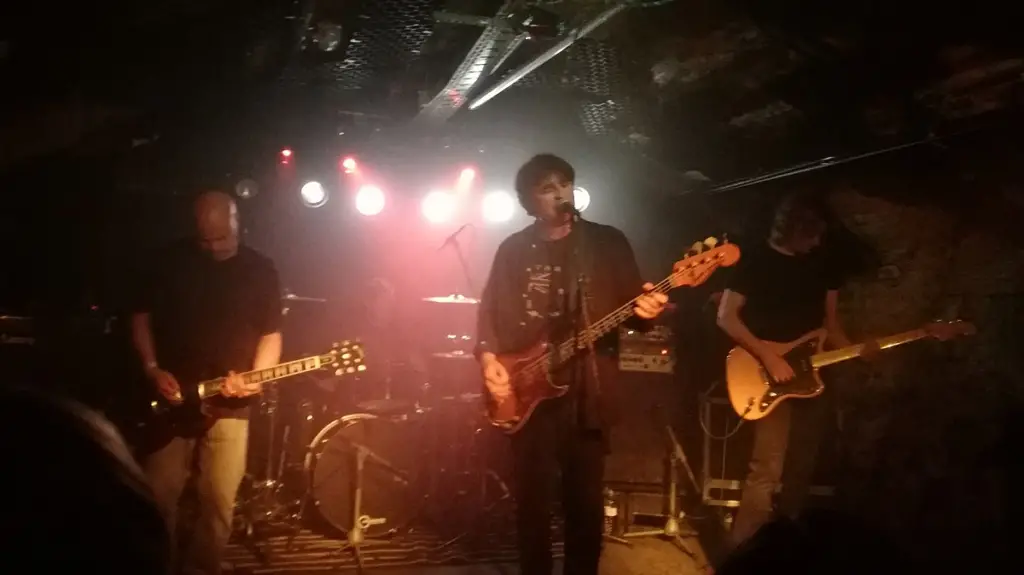
“Speaking of great guitar duos, this underrated pair from the oft-overlooked Chameleons weren’t always produced in a way that highlighted their immense talents. Excellent tunes, though, and an attractive tension between them contributed to some rewarding moods”
6. Maurice Deebank (Felt)
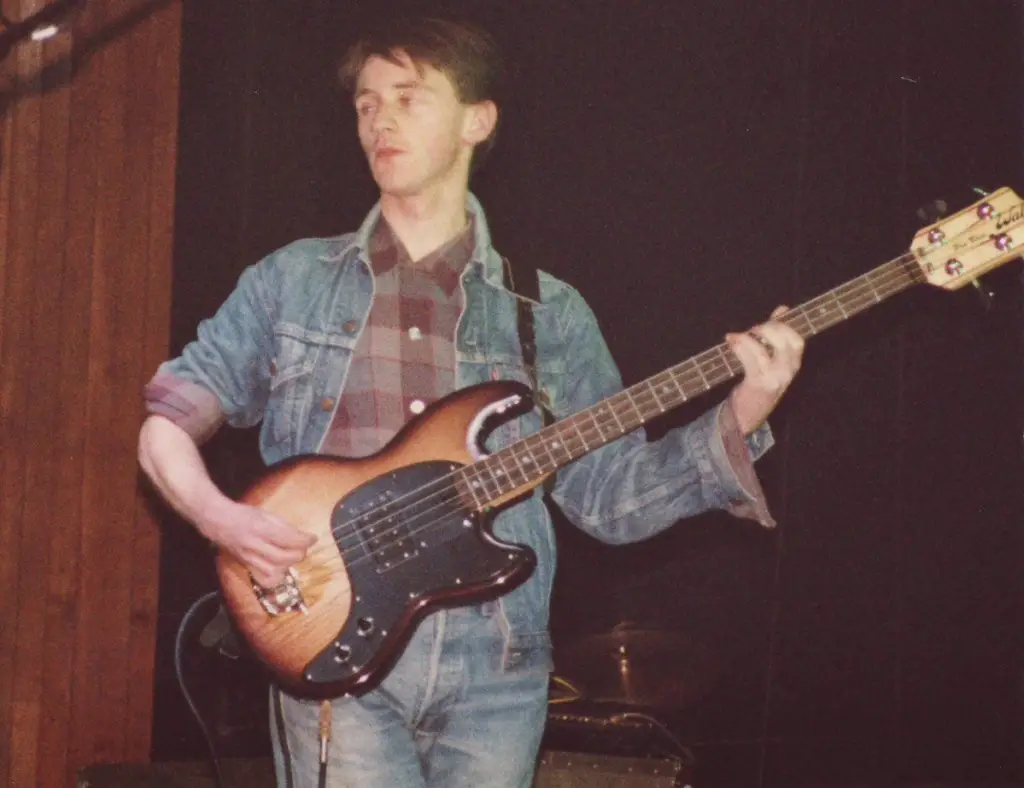
“Felt took its name from a singular vocal trick of Tom Verlaine’s, and Deebank’s guitar playing was a direct descendant of Verlaine’s own. His high-end dreamscapes tighten up into superb songcraft by 1984’s “The Strange Idols Pattern and Other Short Stories,” especially the songs “Crystal Ball” and “Dismantled King Is Off the Throne.”
5. Will Sergeant (Echo & the Bunnymen)

“Often sidestepped as some ’80s Doors knock-off, this band might have been mired in that relegation without Sergeant’s artistry. Over several albums, he blended new wave drive with psychedelic stall, all rather seamlessly. He and Ian McCulloch have been reunited now longer than the band’s original run, and the new records are usually as good.”
4. Prince

“The Purple One has been cited as an underrated guitarist for so long now that he must have finally qualified. Still, his notices tend to concentrate on other performative aspects. It doesn’t help, of course, that sometimes in his shows he hardly even picks up his guitar.”
3. Robert Quine

“The session player to eat all session players, Quine’s fretwork is often as close to off-the-rails as a player can get before completely upstaging or even obliterating the song to which he’s contributing. He’s worked with everyone from Richard Hell and Lou Reed to (my favorites) Lloyd Cole and Matthew Sweet.”
2. Bill Pitcock IV (Dwight Twilley Band)

“Twilley’s fusion of Elvis swagger and Lennon-McCartney tunesmithing might never have lasted four decades without the now-deceased Pitcock’s able hand at his side. The dialogue between the harmonies (Twilley’s come ons, Phil Seymour’s sweetness, themselves a potent balance) and Pitcock’s guitar in 1975’s “I’m on Fire” is just a start.”
1. Elliott Easton (The Cars)
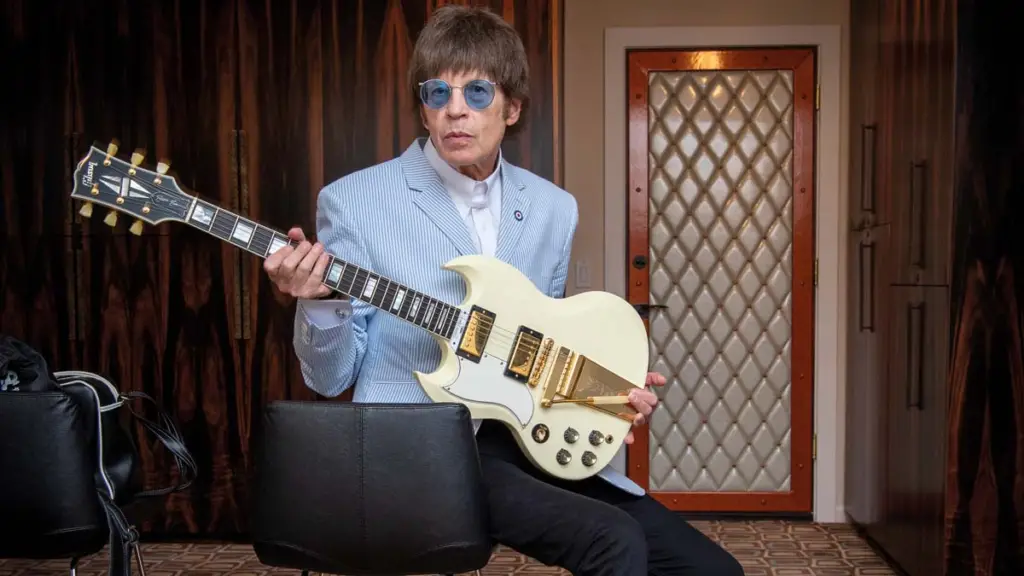
“Easily the finest guitarist of the new wave era, Easton’s mastery of his instrument towered above his peers. He’s the perfect example of what I’m getting at here, because his lone solo album in 1985 is kinda awful — without a band to fit into, he’s a bit helpless. Listen to “My Best Friend’s Girl” for everything he can do: the taut, chuck-chuck rhythm support; the snaky countermelodies underneath the bridge, with an occasional scrape up the neck; the four-bar transitional solos marrying Buddy Holly grooves to ’80s loose-wrist jangle; that eight-bar solo — a maximum length for Easton and others — in the middle summing it all up, icing the cake”

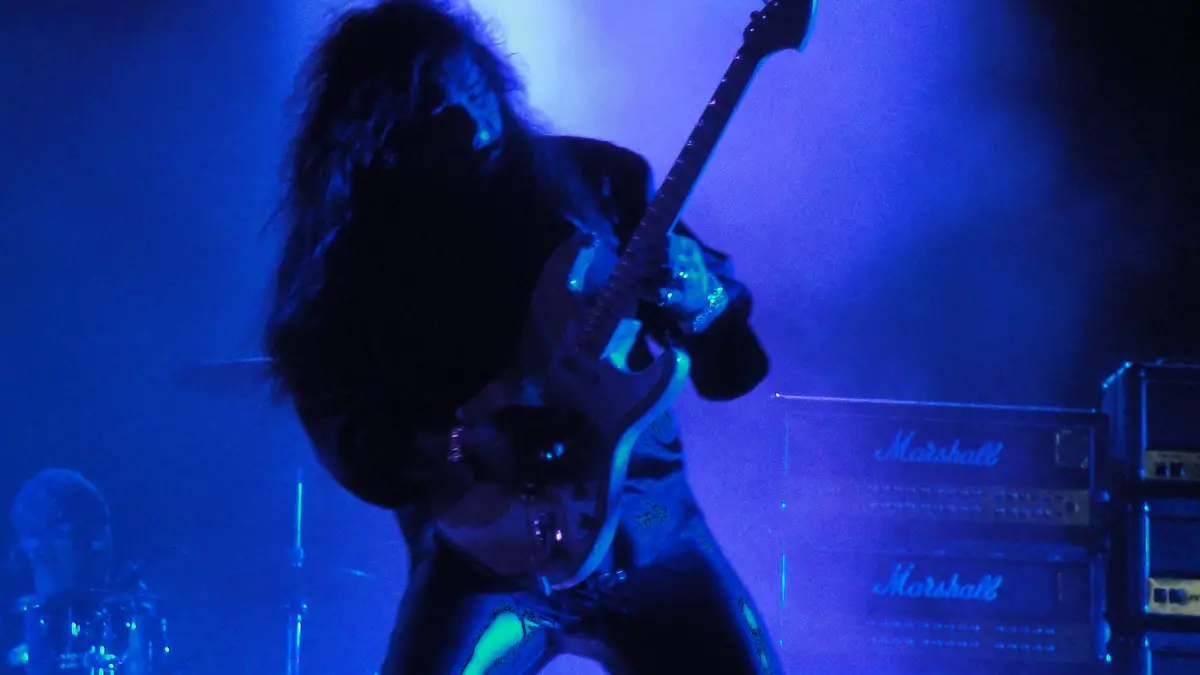
2 thoughts on “The Best New Wave Guitarists Of All Time Ranked”
Comments are closed.